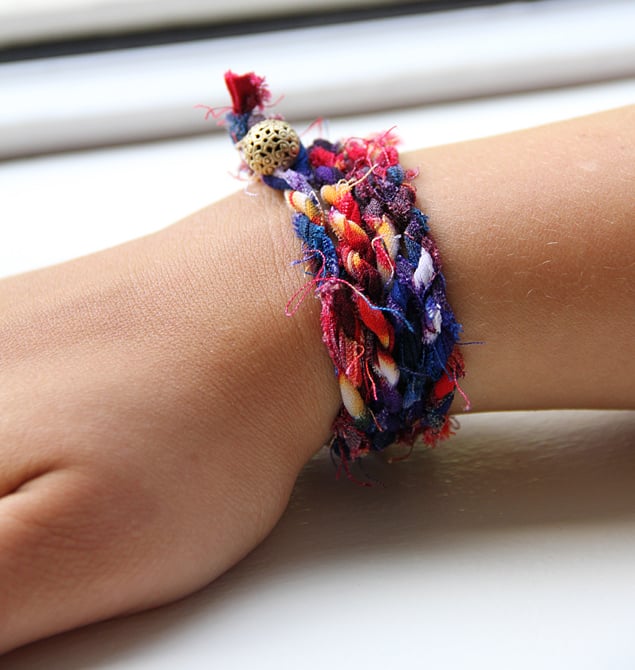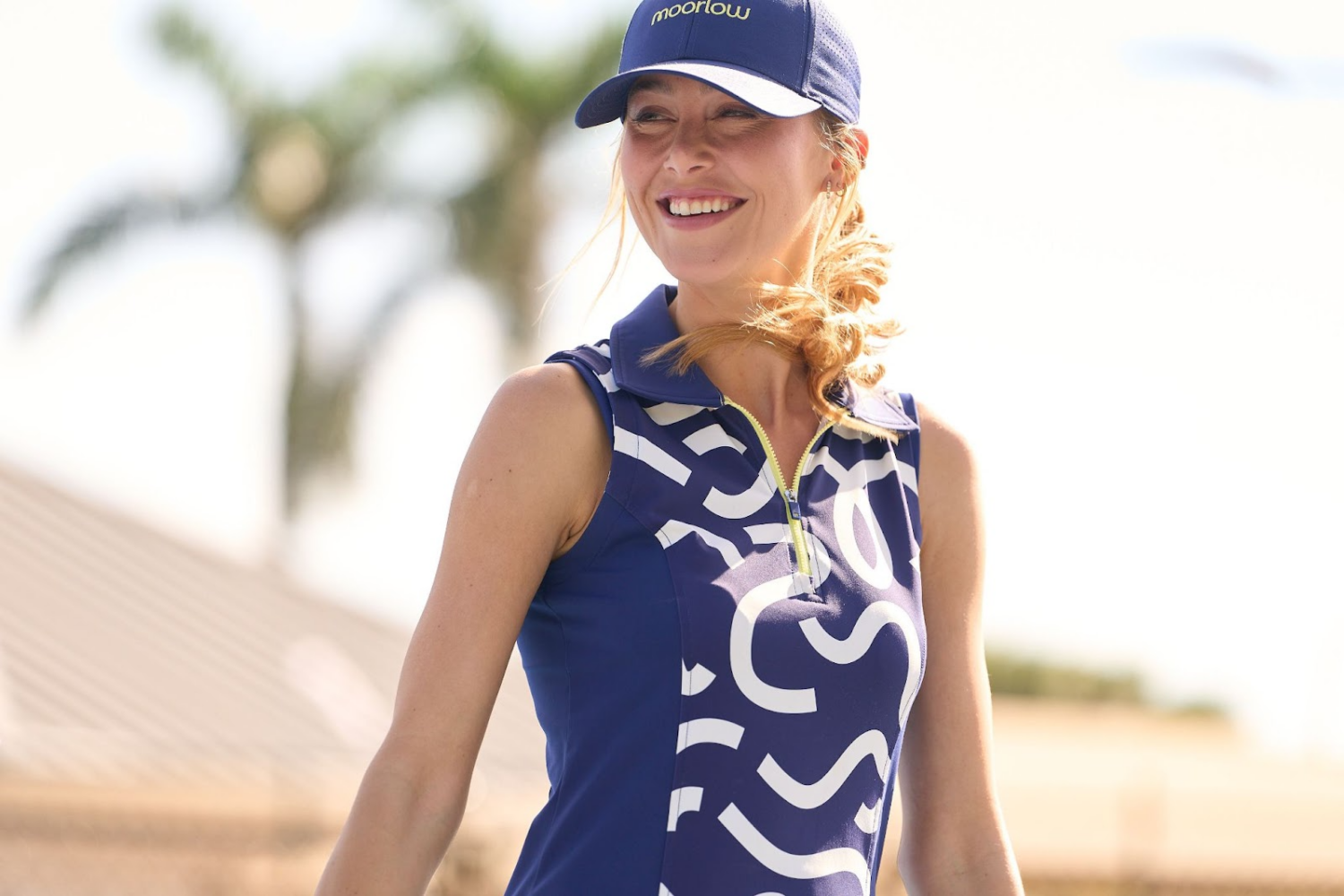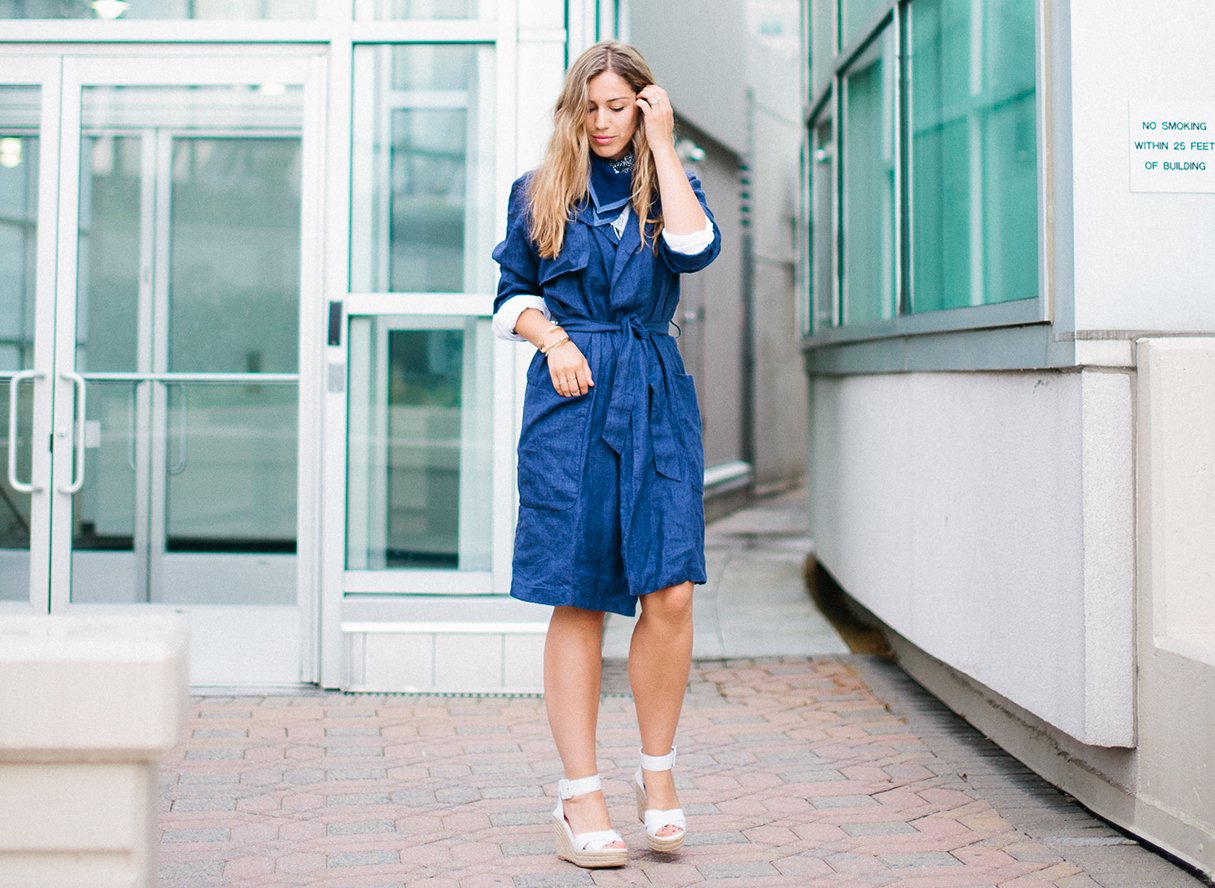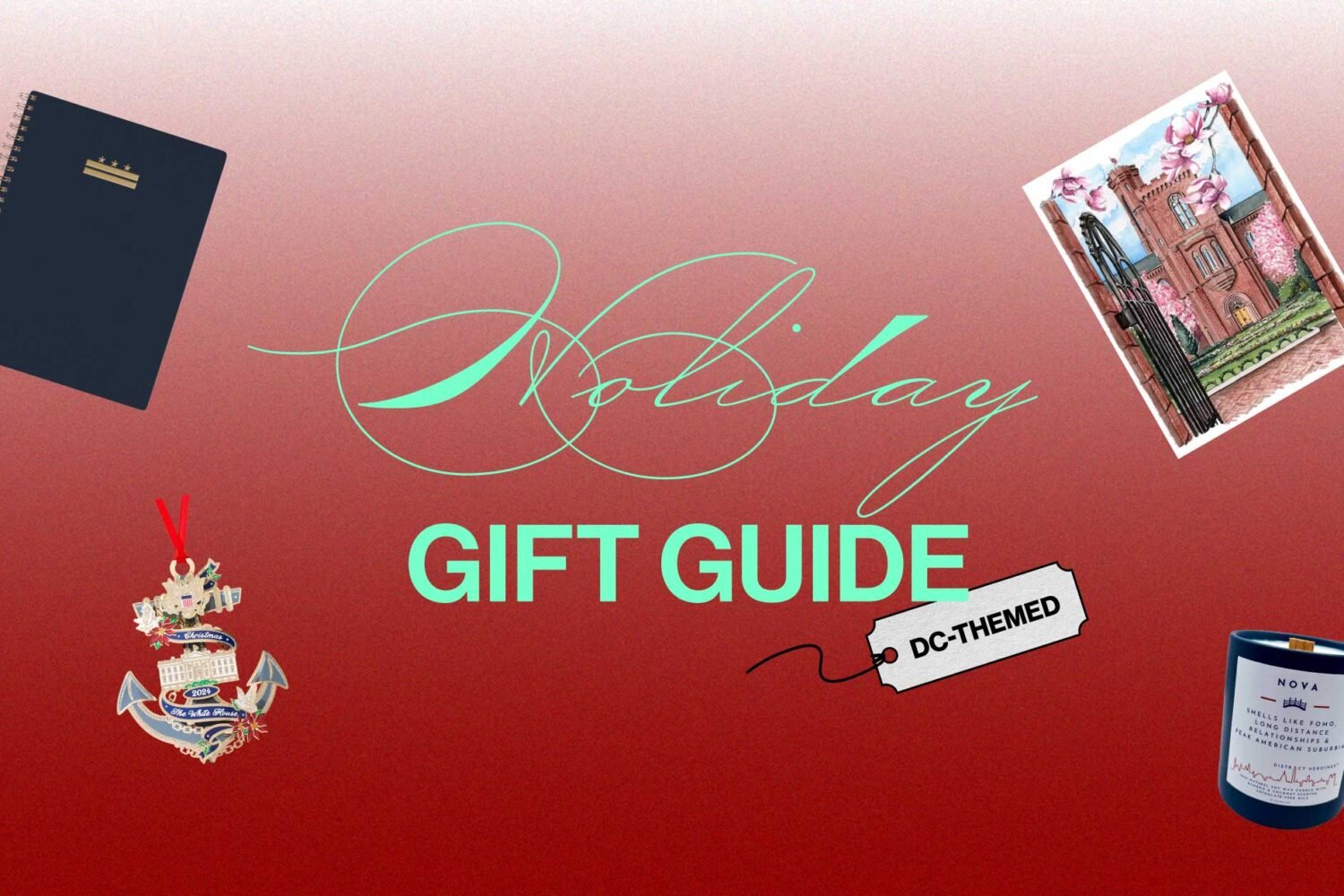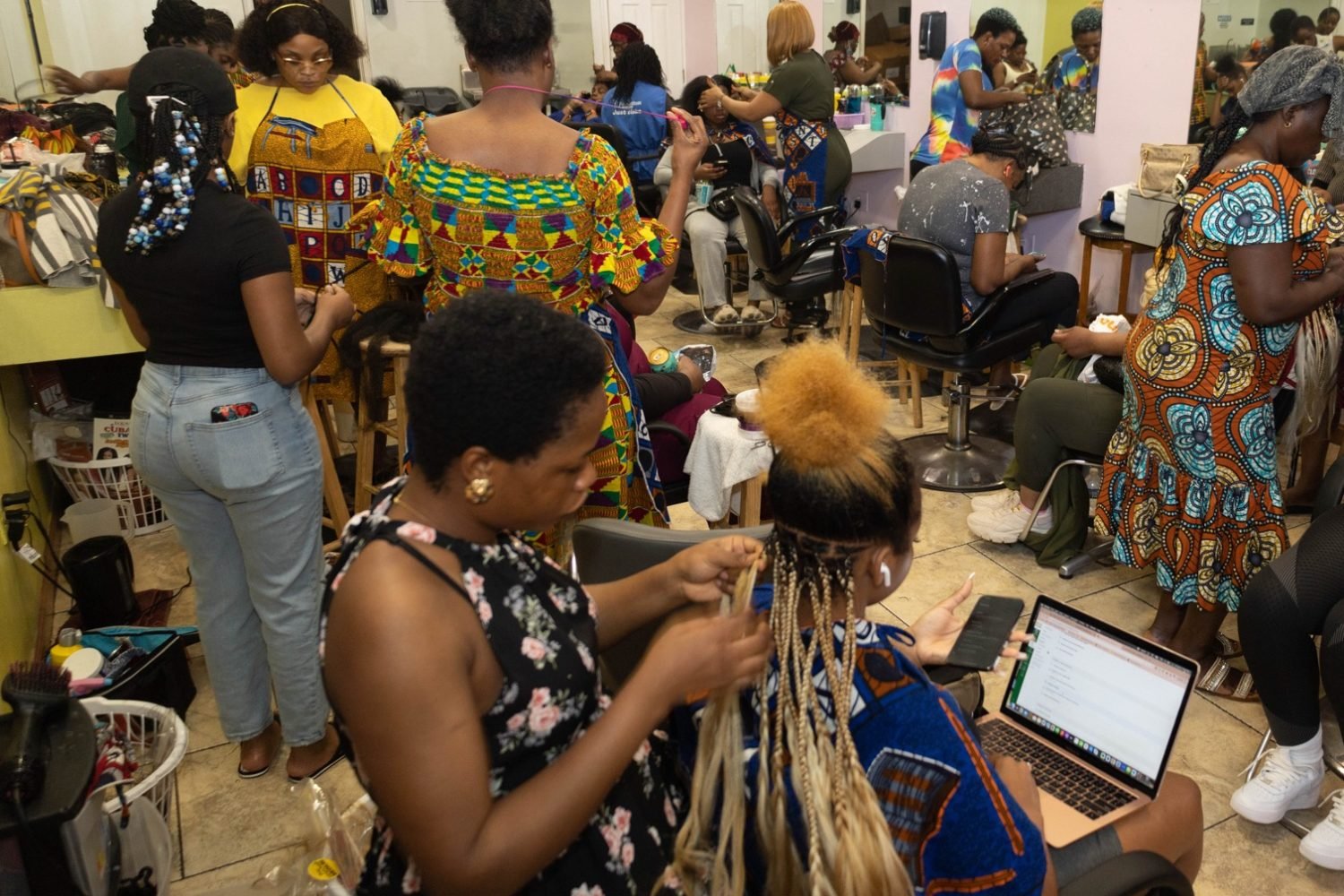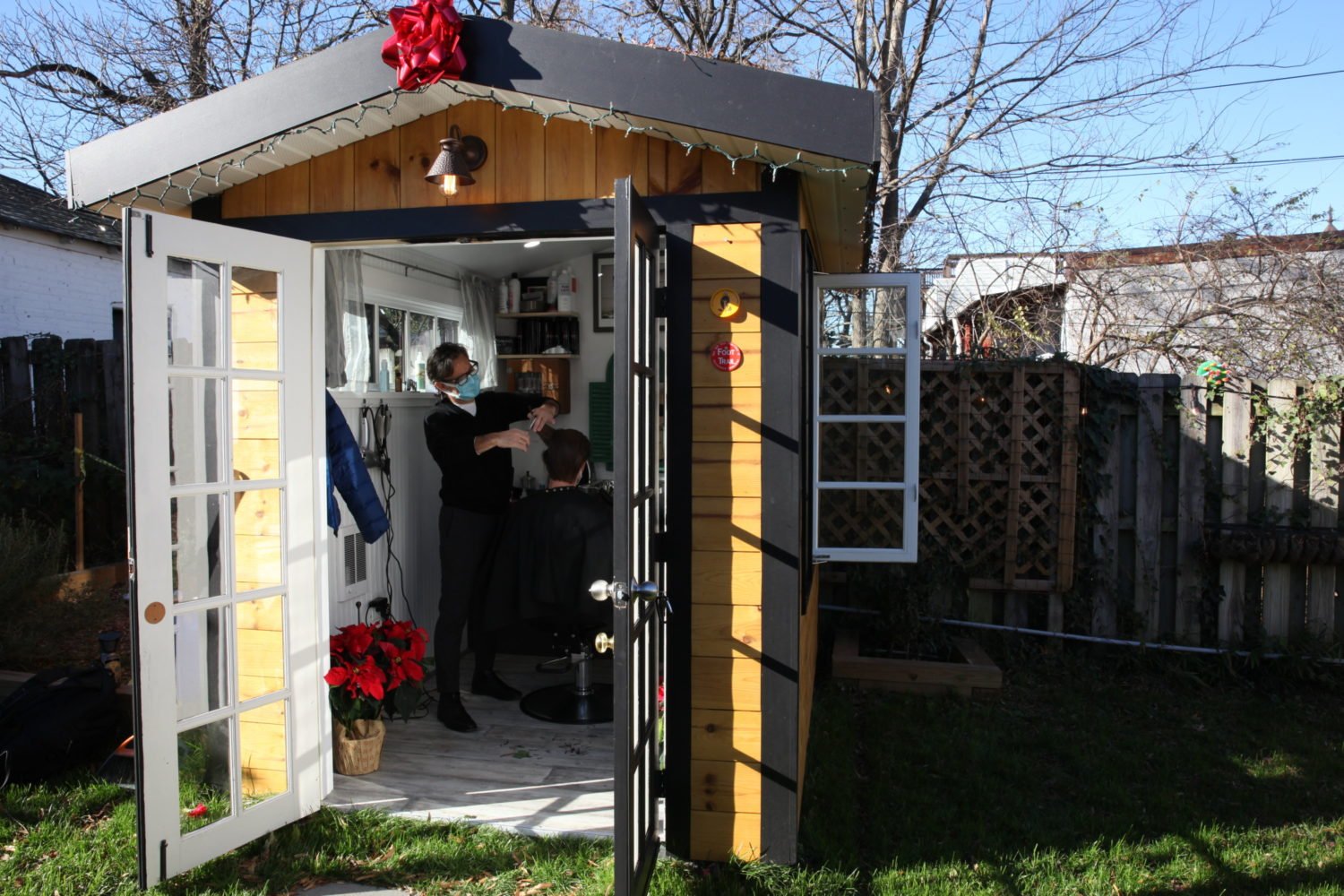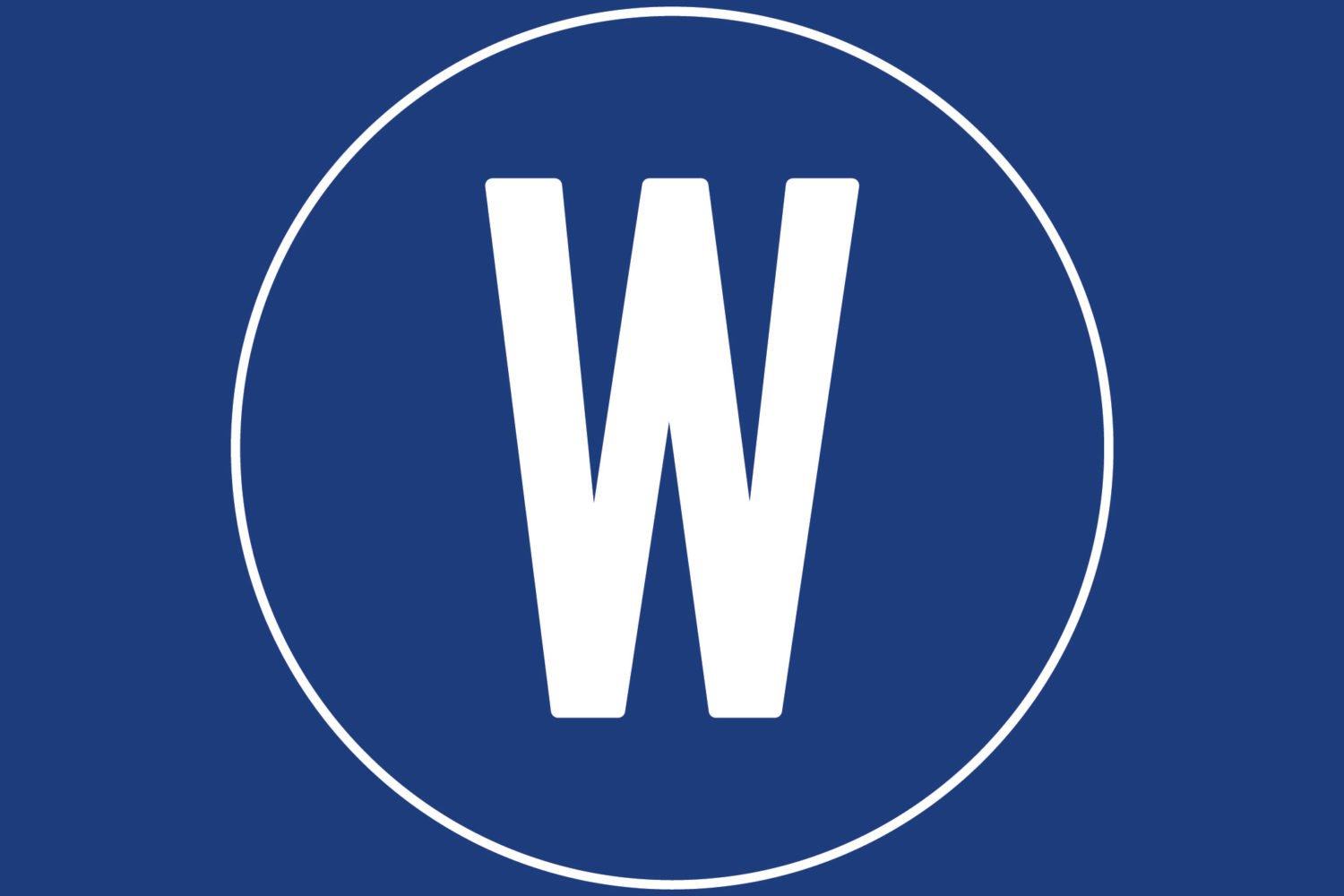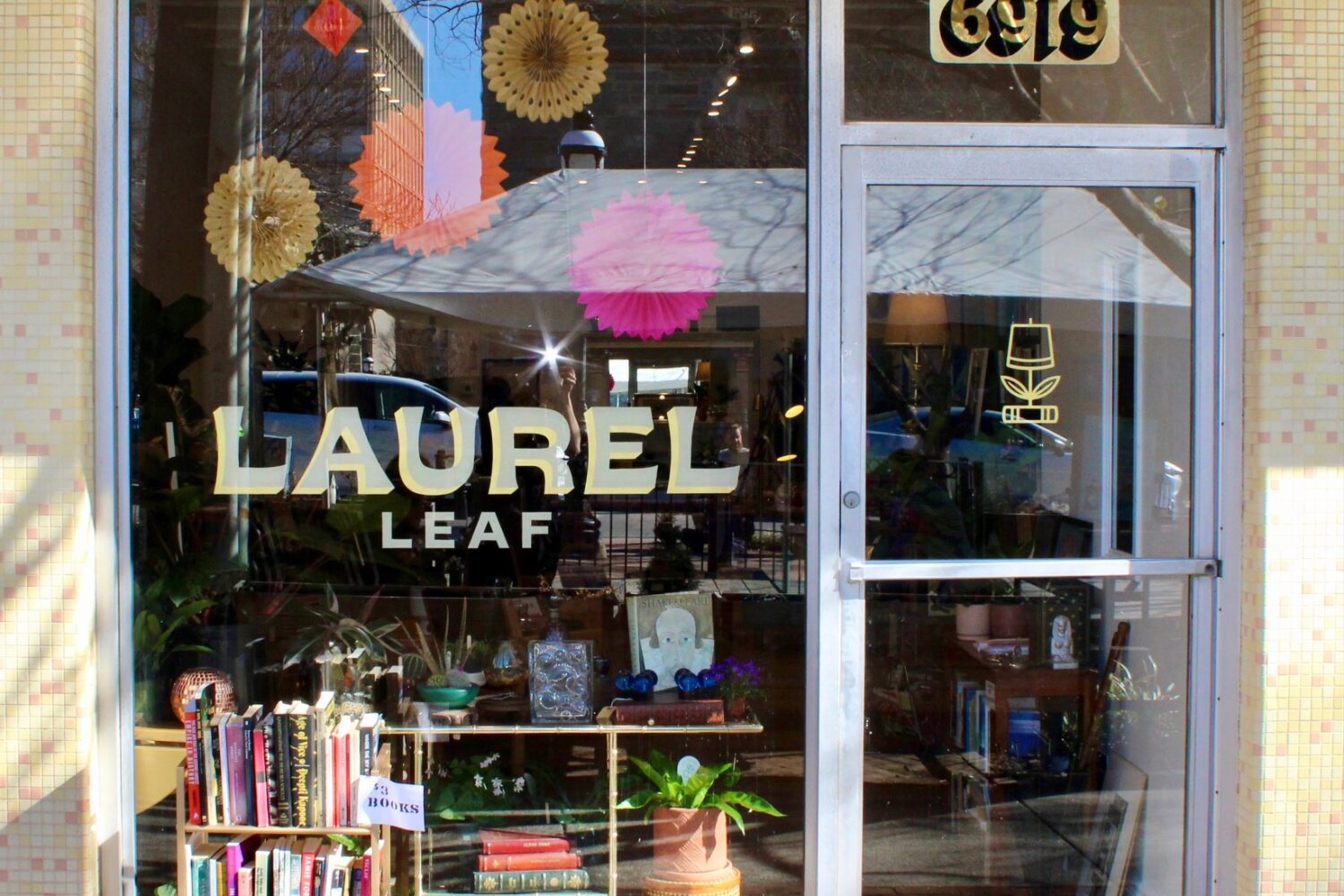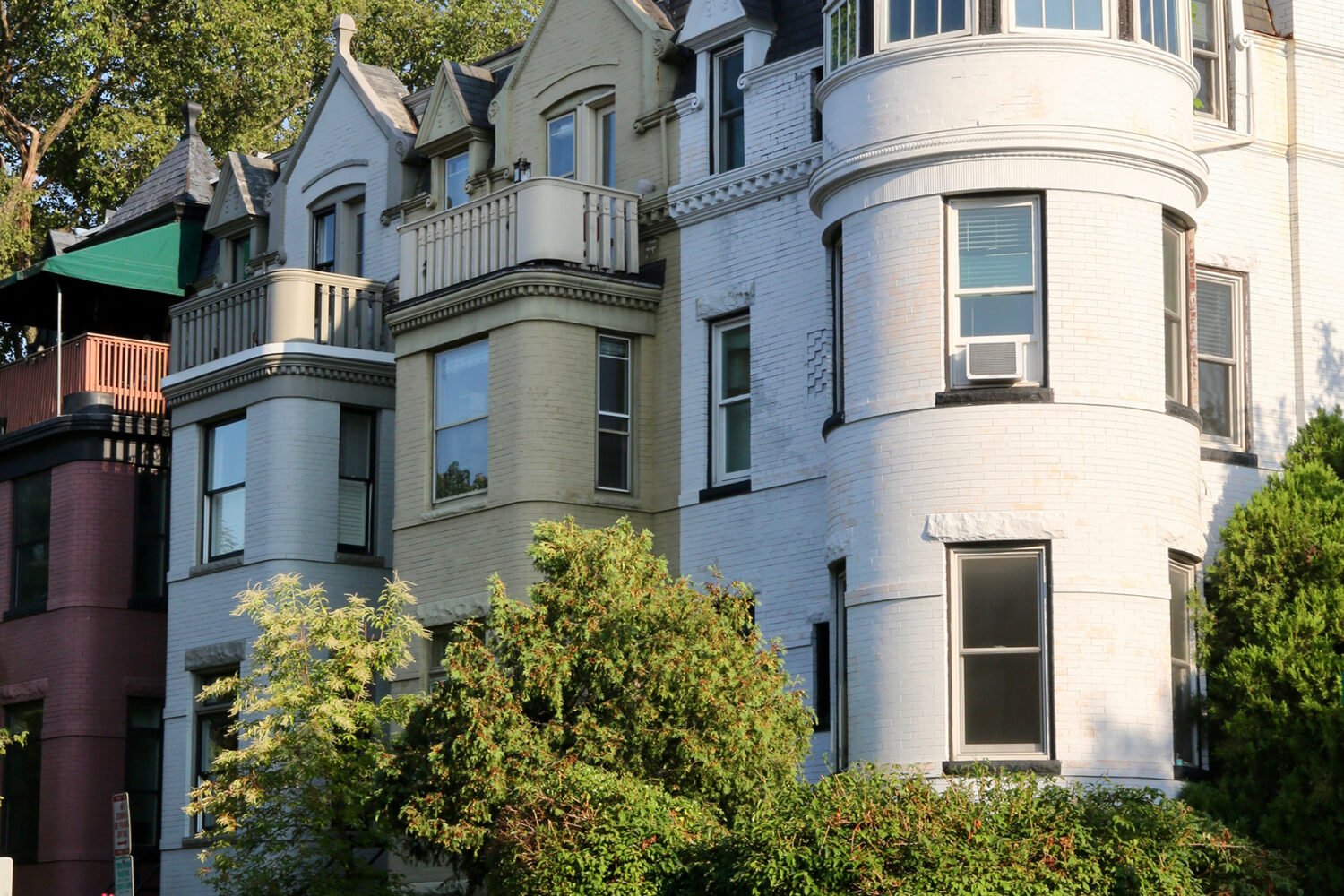There are many different types of scars based on the cause of the scar and the healing that took place after the skin injury occurred. Scars can cause symptoms such as pain, itching, tightness, and restriction of motion, but they can also just be plain unsightly or an unwanted reminder of a past injury.
If you have recently developed a scar, either from a surgery or injury to the skin, it is important to keep it protected from the sun while it is healing. Sun-avoidance and keeping the scar covered with a bandage is essential during the initial phase to improve the healing and reduce scarring and discoloration.
If the wound is healed and you desire further improvement in the appearance of the scar, consider treatment sooner rather than later. Scars can be treated as early as three to four weeks after the injuring or surgery, although older scars will respond to treatments as well.
Fortunately, there are many options to choose from to effectively treat scars. You doctor will select treatment based on the type of scar, such as raised, flat, or indented; the appearance of the scar, whether it is red, white, or dark; location of the scar; and the cause of the scar. If the scar is from a surgical procedure, lasers can be used as soon as a few weeks after the stitches have been removed or after the scar has fully healed over. Acne scars can be treated once the acne is under control. Here are some of the most popular scar treatments you can consider for yourself.
Injections
Injections of triamcinolone (cortisone) or 5-fluorouracil can be used for raised or bulky scars. Both triamcinolone and 5-fluorouracil help to reduce the collagen production in the bulky scars, causing them to flatten out over time. Often a series of injections is needed to get to the desired improvement and they can be combined on the same day as laser treatments to improve results.
Pulsed Dye Laser
Scars are often red after they have healed. The redness generally lessens with time, however pulsed-dye lasers (PDL) are very effective at removing the redness from and around a scar. These lasers are also effective at flattening raised scars with the combination of injections, and can help to blend in the appearance of the scar with the surrounding skin. Multiple treatments are required for the best results.
Non-ablative Laser Treatment
These lasers induce microscopic areas of injury in the skin, which allow for new collagen formation, which means that the scars will get softer and flatter over time if they are raised, and help indented scars and acne scars to fill in. These lasers are safe to use in all skin types, and multiple treatments, usually spaced about a month apart, are needed to treat scars. After non-ablative laser treatment, the skin will be red and puffy, like a sunburn, and lightly exfoliate over a few days. It generally takes three to five days or longer on certain areas of the body, for the skin to return to pretreatment state.
Microneedling
This treatment involves a small handheld device that delivers many fine needles into the skin. The depth that the needles penetrate into the skin is determined by the flatness or thickness of the scar. The needles create micro-wounds in the skin that stimulate collagen formation. After microneedling, there will be pinpoint bleeding on the skin along with redness and swelling. The skin generally heals quickly within two to three days. Microneedling is also repeated on a monthly basis and works well on acne and atrophic scars. It can also work on raised scars in conjunction with topical treatments or injections.
Radiofrequency Microneedling
The newest technology for the treatment of acne scars is Radiofrequency Microneedling. These devices use microneedles to penetrate the skin and deliver pulses of heat in various depths within the skin. The creation of small zones of coagulated collagen is gradually replaced with new collagen to fill in the scars and minimize their appearance. Multiple treatments are recommended at one month intervals depending on the severity of the scars. Depending on the strength and depth of treatment, recovery time can range from two to five days with redness, swelling, and mild bruising.
Ablative Laser Treatment
These lasers are best used for thick scars and often require fewer treatments than other devices in order to see results. The healing time is longer, since there are small zones of treatment in which the top layer of the skin is removed. The healing time is generally around one to two weeks and good wound care is important during this time. Although an effective treatment, ablative fractional resurfacing can have more risks and downtime compared to the other lasers and devices. This type of laser treatment can also be combined with topical or injected triamcinolone or 5-Fluorouracil.
If you have acne scars, surgical scars, or any other type of scar, talk to your doctor about the option that will be optimal. With all of the currently available technologies, there will be a modality that will work best for you.
Dr. Geeta Shah is a board certified dermatologist at Capital Laser & Skin Care.


